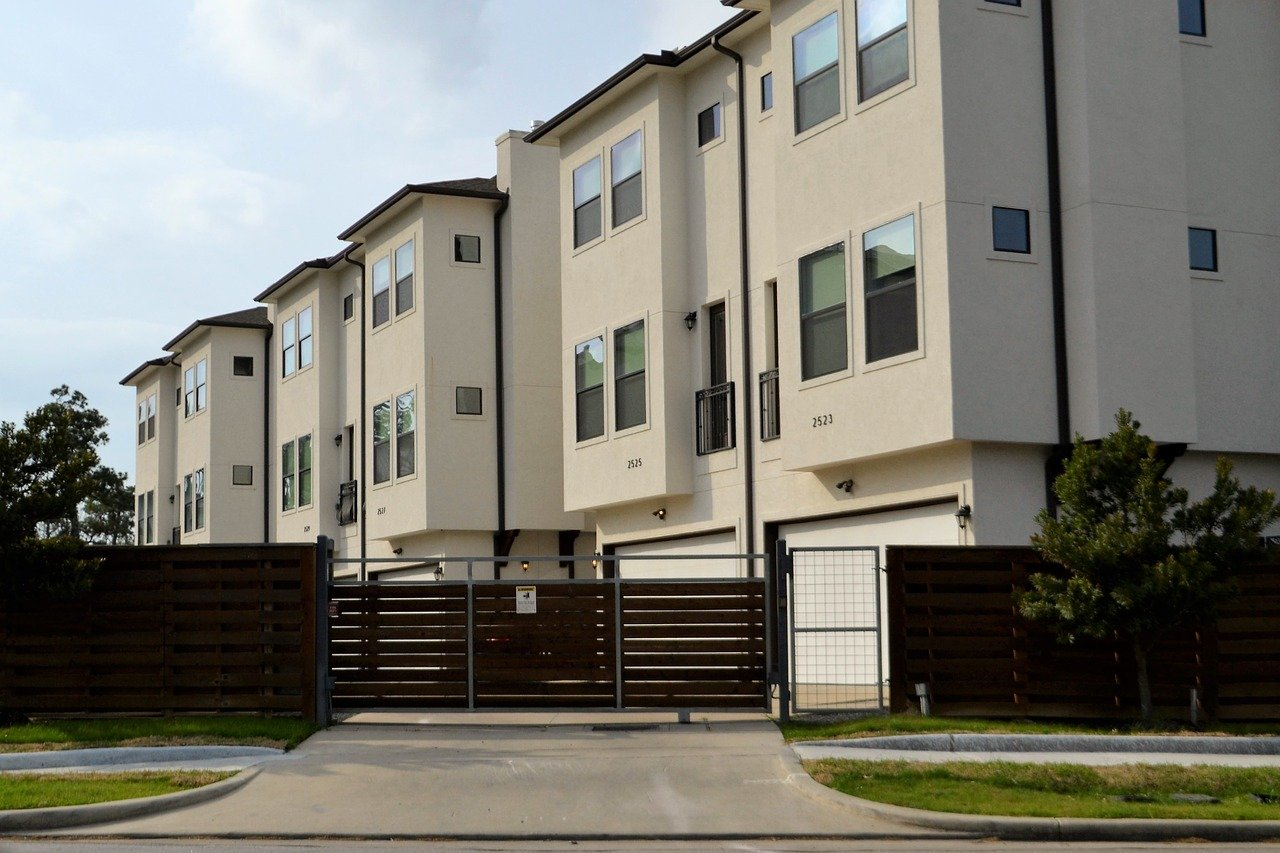Accounting
Cost Segregation: Ideal for Multifamily Properties
In a cost segregation analysis, your client’s property elements are divided into two categories: real property, which includes permanent and immobile objects, like their building’s foundation, and personal property, which includes objects like kitchen ...
Jun. 07, 2022

By Julio Gonzalez, Founder and CEO, Engineered Tax Services.
If you’re a CPA firm with clients who own or manage multifamily properties, cost segregation might be the biggest source of tax savings that they’ve overlooked.
Like any building, multi-family properties depreciate, or lose value, over time, due to everyday wear and tear that accumulates. But rather than calculating an apartment building’s depreciation via the traditional method of dividing the improved value by 27.5 years, a cost segregation study analyzes a property’s distinct components, so owners can depreciate their property over a shorter time period. A study sorts these components into different categories, which are depreciated at various rates. The accelerated depreciation schedule can reduce taxable income and increase after-tax cash flow substantially.
In Multi-Housing News, Mark Ventre, a senior vice president at Stepp Commercial, made this observation in his article “Why Cost Segregation Is So Important”: “Cost segregation studies [for multifamily properties] range from around $5 to $15,000. If a study costs $10,000 and yields a net present value benefit of $250,000, that’s a 25x return on investment. Sounds worth it to me.”
Who would disagree?
What Can You Depreciate?
In a cost segregation analysis, your client’s property elements are divided into two categories: real property, which includes permanent and immobile objects, like their building’s foundation, and personal property, which includes objects like kitchen cabinets and flooring. While the real property components depreciate over a period of 27.5 years, the personal property components depreciate over shorter periods — five, seven or 15 years, depending on the specific element. By taking stock of your client’s property’s individual assets, cost segregation speeds up depreciation so they can deduct more from your taxes.
In a Forbes article entitled “What Multifamily Investors Should Understand About Cost Segregation,” real estate investor Rod Khleif broke down how a cost segregation study categorizes a property’s components into four classes; each is depreciated over a different time period that reflects to the asset’s useful life:
1. Personal property: includes items such as furniture, carpeting, fixtures, and window treatments. If you depreciate these over five or seven years using the double declining method, you can significantly increase the depreciation expense for these items.
2. Land improvements: includes items such as sidewalks, fences, and docks. Using the double declining balance method, you can depreciate them over a 15-year period. It’s advisable to maximize the values attributed to this category.
3. The building: includes the building’s components, such as the roof and plumbing systems. You should seek to allocate the maximum value you can to this category, because any residual value is attributed to land.
4. Land: You allocate any amounts not allocated to the previous three categories to land and depreciate them accordingly.
Provide a Value-Added Service to Your Clients
In another Forbes article, “What Property Managers Should Know About Cost Segregation,” David Crown, CEO and Founder of the L.A. Property Management Group and Crown Commercial Property Management, described how cost segregation saved him from a hefty tax bill when he was about to send a $80,000 tax payment check to the IRS: “I had already stamped the envelope and everything when I received a last-minute phone call from a colleague advising me to look into cost segregation. With one call to my accountant, I saved all that money.”
He saved a significant amount on taxes, he added, “simply because somebody in my circle had the know-how and the wherewithal to recommend looking into cost segregation. The money I kept because of that changed the trajectory of my whole year. [Emphasis added.] If you’re a property manager, gaining a basic knowledge of these principles can immediately make you more valuable to the owners you serve. You can be the person in their circle who changes the trajectory of their whole year.”
He stressed that property managers have a responsibility to do more than address everyday issues like maintenance, rent collection, and tenant placement. To improve their clients’ returns, they’d be wise to learn more about tools like cost segregation to provide value-added service.
Through this article, I’m trying to be the person who alters the trajectory of your client’s whole year so they can expunge some red ink from their balance sheet. A cost segregation study could save them a great deal of money and improve their cash flow. And your clients will be grateful to you for clearly demonstrating that you’re looking after their best interests, thanks to your superior financial expertise.
=========
Julio Gonzalez is founder and CEO of Engineered Tax Services.
